Lalu Yadav Desperate to Hit Bullseye Before Bihar Politics Enters New Paradigm, With Son Tejaswi at Forefront
Mon 05 Oct 2020, 15:51:36
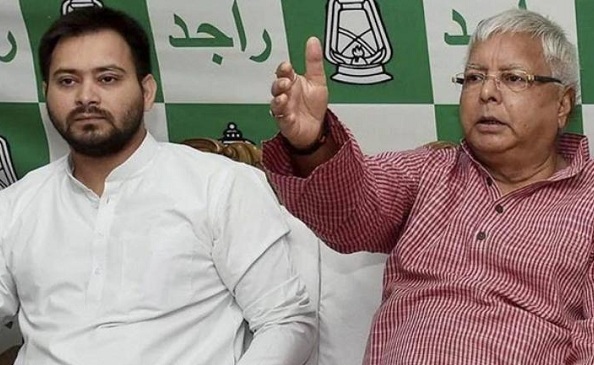
Former MP Bhola Singh started his political journey as a card-holding communist from Begusarai in Bihar also known as the Leningrad of the East. At the time of his death, he was representing the same constituency in the Lok Sabha, but as a BJP Member of Parliament.
Singh was a very practical man and a raconteur par excellence. To make a point, he would generously dip into anecdotes and draw upon long winding analogies.
During a conversation one winter morning at his Lodhi Road residence in Delhi, he went into great detail to explain the process of political succession in Indian politics. A smart ‘guru’ in power play, he explained, tends to nurture the most effete of his ‘shishyas’ for the fear of losing control over his constituency. As was his wont, he slowly closed his eyes shut and ended the conversation with the parting shot. “…like the feral cat, which may attack one in its own litter if it comes to survival.”
The last three decades of Bihar politics since the Mandir-Mandal disruption have been dominated by three leaders or the three gurus: Lalu Yadav, Nitish Kumar and Ram Vilas Paswan and Sushil Modi, if one were to include the BJP’s role in conjunction with the Janata Dal (United). All these leaders took their first ginger steps in politics during the Janata Movement. All were beneficiaries of Congress’s implosion in the heartland states and the concomitant rise of the identity politics.
But all the world’s a stage. And leaders make their entrances and exits. The end of the old political order giving way to the new begins with this assembly polls in Bihar 2020.
The polity is entering a state of flux. No one knows how long the new churning will last. May be till the next elections in 2025? May be longer.
Winds of change will continue to blow till the new order socio, economic and political takes a concrete shape and crystalises.
This is why most political parties are taking the upcoming polls more as semi-finals. This is also precisely why no party or leader wants to concede space and seats to the allies and adversaries more than that is necessary.
Lalu Yadav’s RJD has been in and out of power in Bihar since the Janata Dal days in 1989. Whether in opposition or in power, Lalu has commanded support of at least a quarter or more of the state electorate. The challenge now for his party and son Tejaswi is not only to hold on to this vote base, but come
up with a social coalition to win back power.
up with a social coalition to win back power.
The issues before the RJD are clear. It wants to be the repository of all anti-NDA votes, and yet ensure the seats given to the friendly parties do not go waste. It has also to ensure that it contests and wins enough seats to maintain its position as a credible challenger to the NDA.
The last few elections had demonstrated that Mahagathbandhan allies gain more out of RJD than vice-versa. The RJD vote has been seen getting transferred to the allies but the reverse does not happen. That is precisely why RJD did not make much effort in retaining Jeetaam Ram Manjhi’s Hindustan Avaam Morcha in the grand alliance.
Maha Dalits, or the most backwards among the Dalits, is a special constituency carved out by Nitish Kumar in his effort to create a vote base for JD(U) outside the area of influence of both the BJP and RJD. As such, the impact of leaders like Manjhi in getting their votes transferred outside their own constituencies has been marginal.
Similarly, Kurmis and Koeries generally vote in tandem. So Upendra Kushwaha’s efforts to create a separate space for himself as the Most Backward Caste leader have been a tad difficult. As part of the JD (U) led alliance, he has been relatively successful. But not outside.
Which is why RJD sought to accommodate only those parties that can help in vote transfer. The Congress can be a major spoiler for Lalu Yadav. The RJD’s minority consolidation is effective only with the Congress by its side. Communist parties in Bihar have pockets of influence and cadre support. They have the ability to get their support base to vote for the RJD with which they are ideologically compatible. And then there is no guarantee that some of them may bold out post-poll in search of greener pasters.
And finally, but perhaps most importantly, the RJD this elections wants to establish Tejaswi Yadav as the undisputed leader of the non-BJP politics in the state in anticipation of the 2025 when Bihar politics would enter a new paradigm after 35 years of musical chairs between Lalu and Nitish.
By keeping the Mahagathbandhan less congested, Lalu wants to contest more than 60% seats in the state assembly. His main rivals BJP and JD(U) in alliance will be contesting far lesser number of seats.
A decent strike rate may help the RJD emerge as the single largest party in the assembly. That’s precisely what Lalu is aiming for.
No Comments For This Post, Be first to write a Comment.
Most viewed from National
Most viewed from World
AIMIM News
Latest Urdu News
Most Viewed
May 26, 2020
Can Lionel Messi's visit boost Indian football?
Latest Videos View All
Like Us
Home
About Us
Advertise With Us
All Polls
Epaper Archives
Privacy Policy
Contact Us
Download Etemaad App
© 2025 Etemaad Daily News, All Rights Reserved.


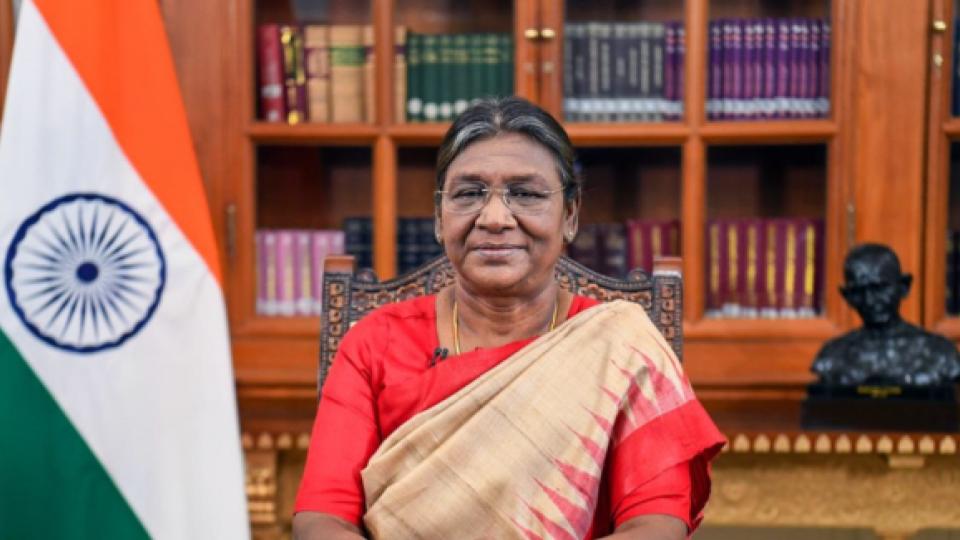
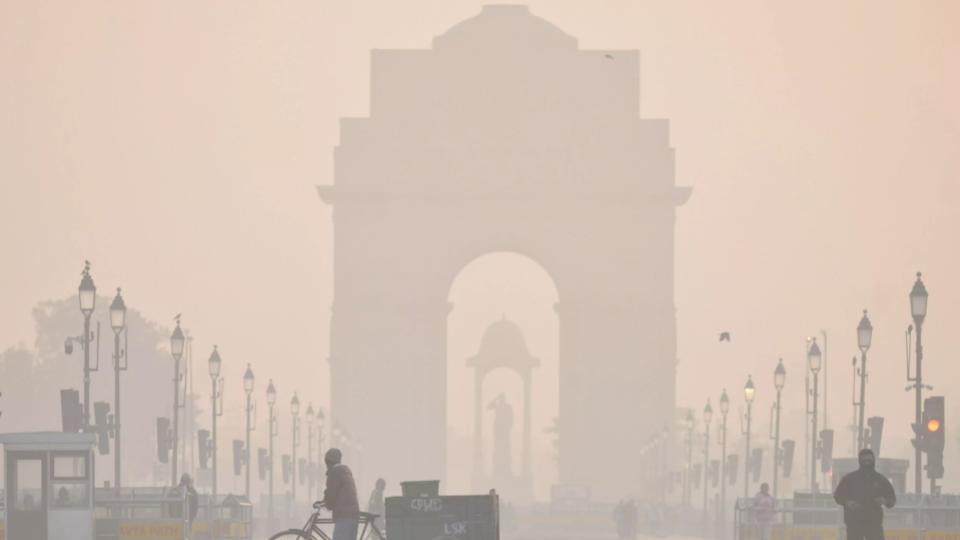

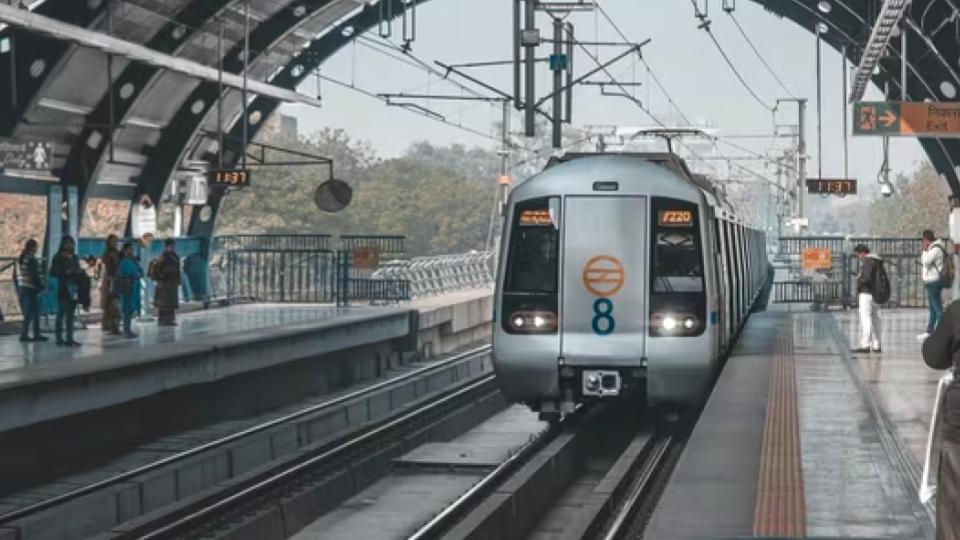
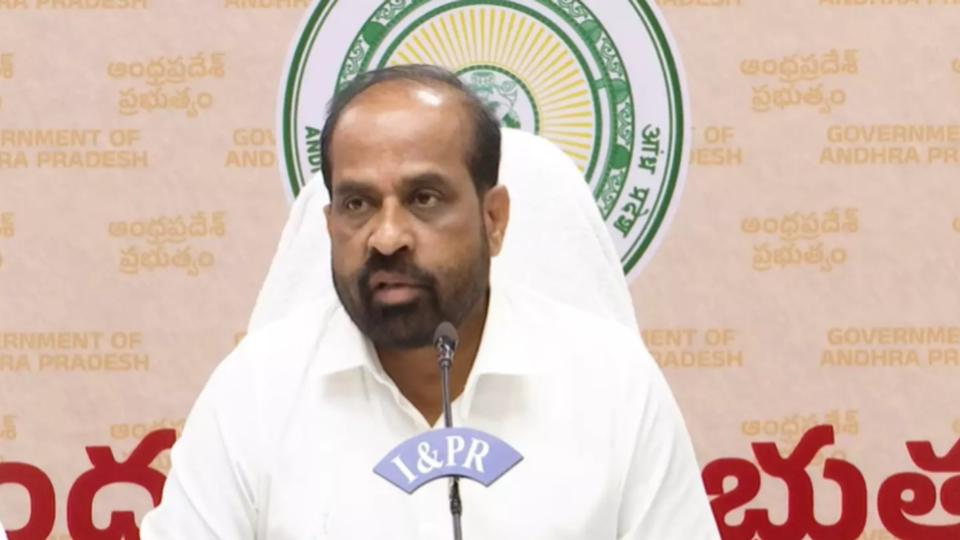

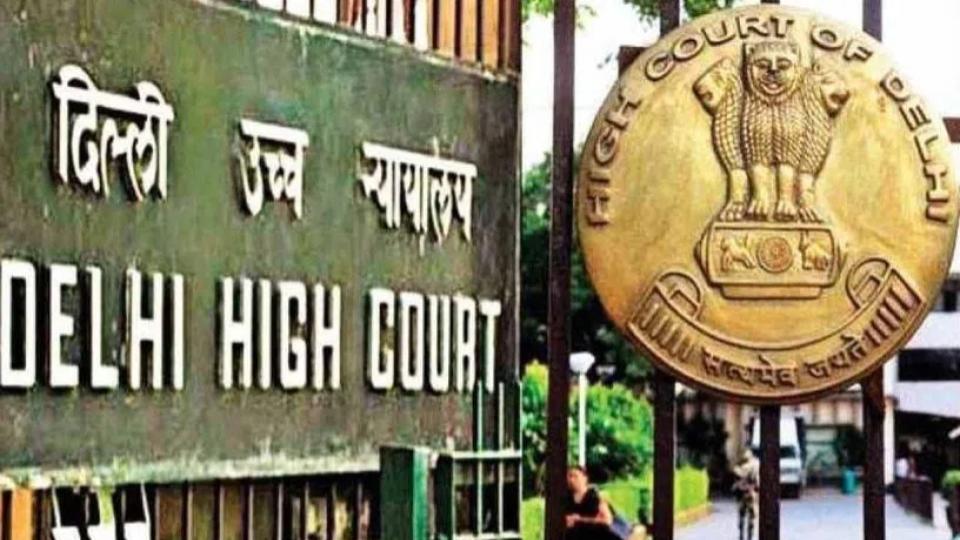
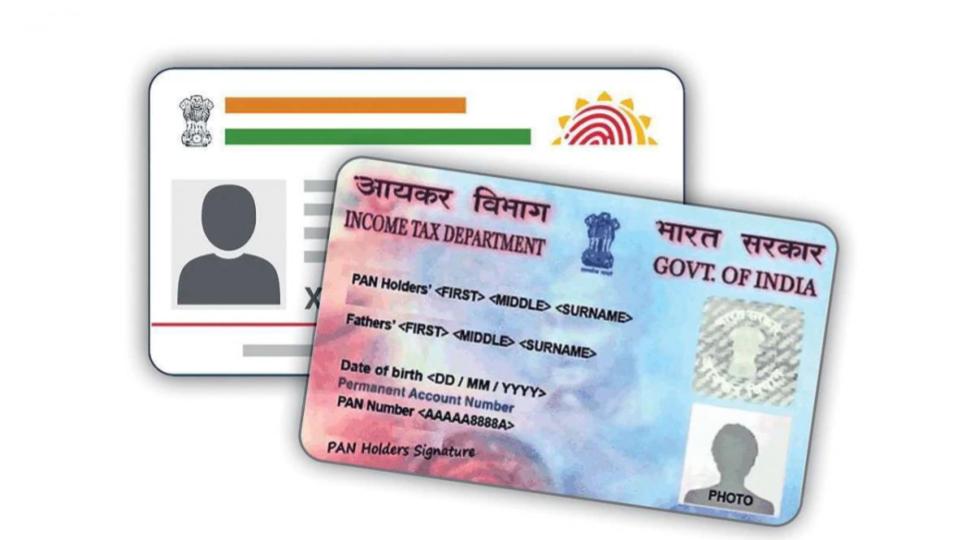
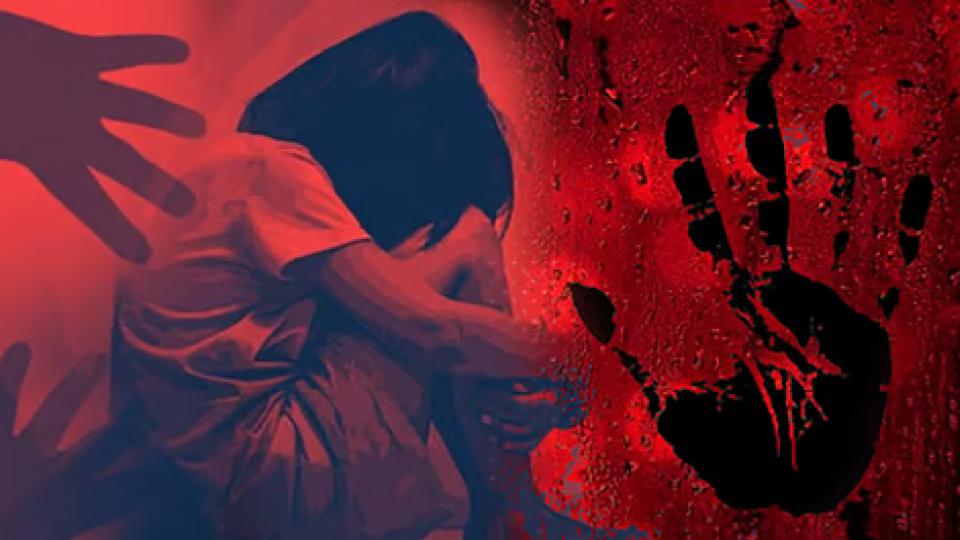


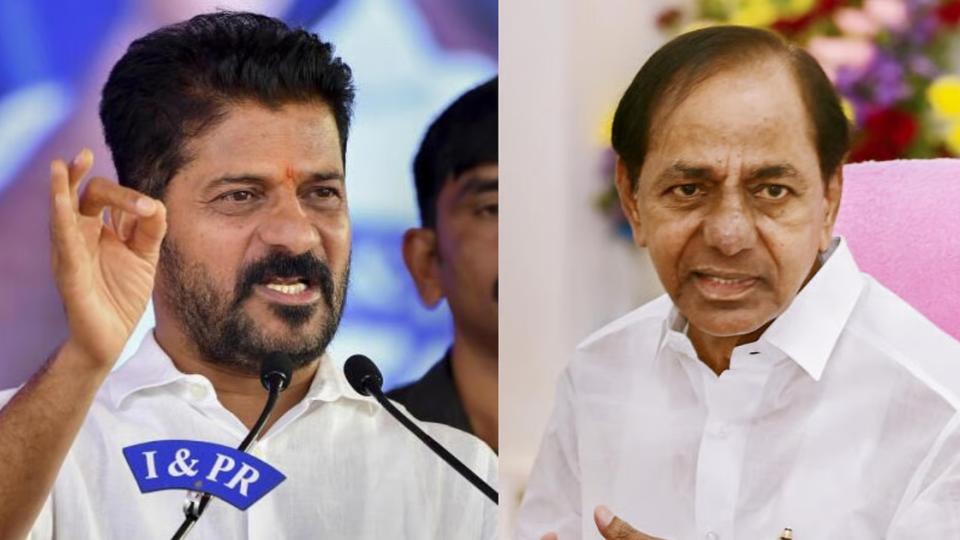
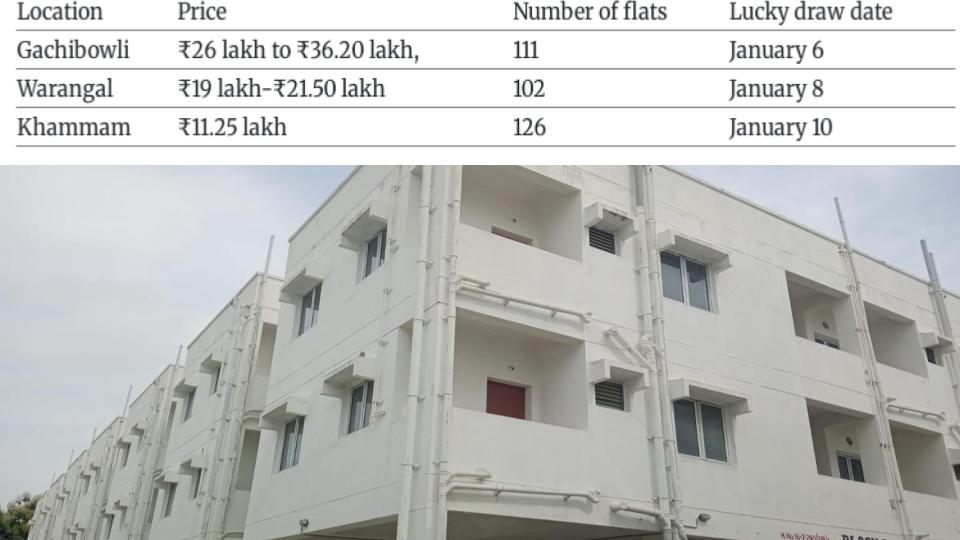

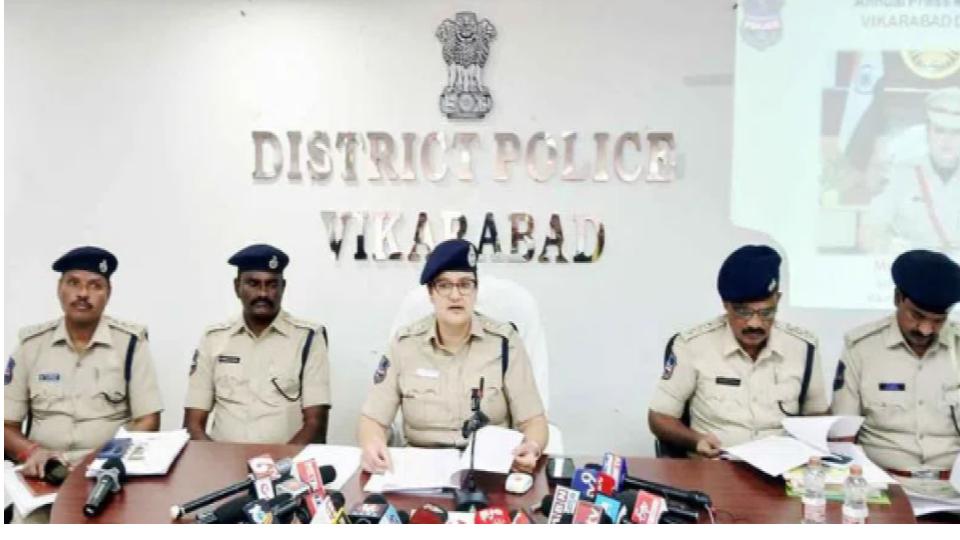
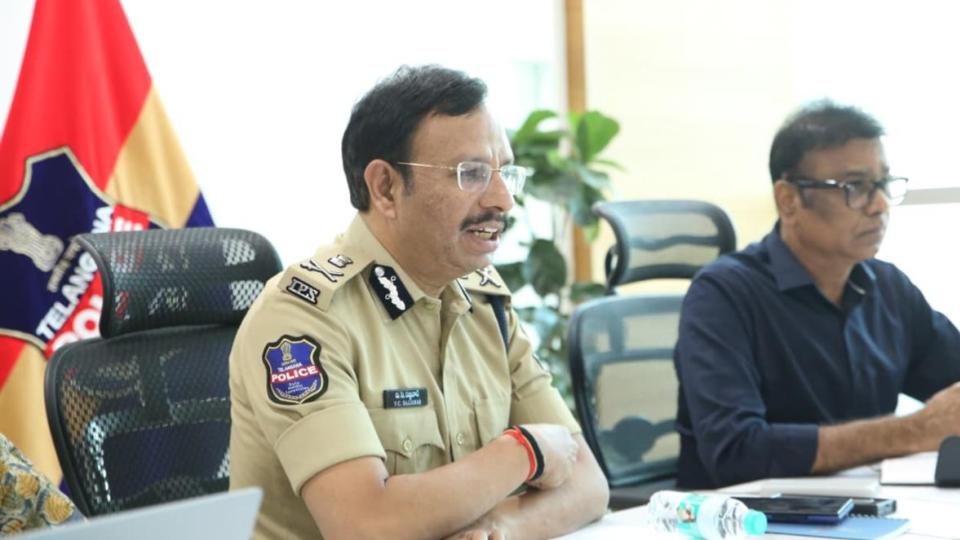
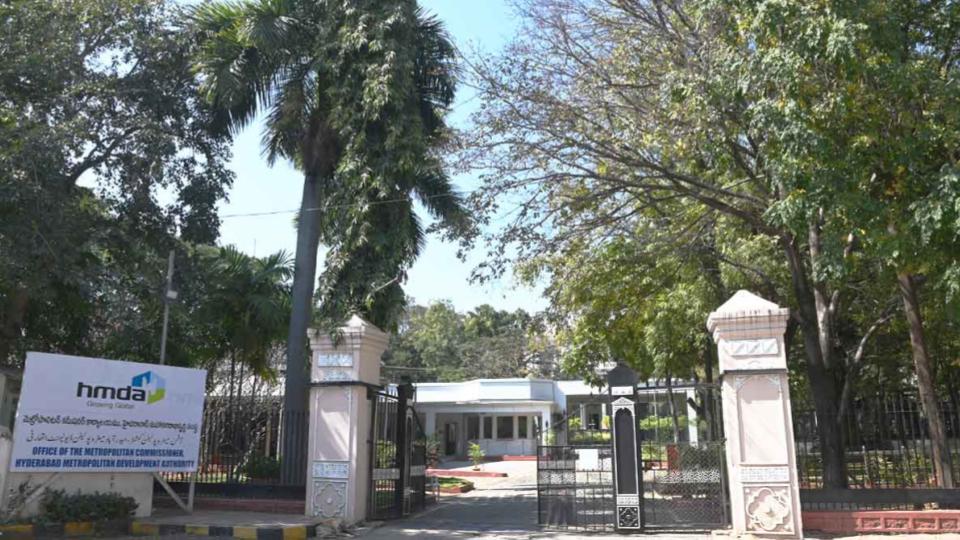



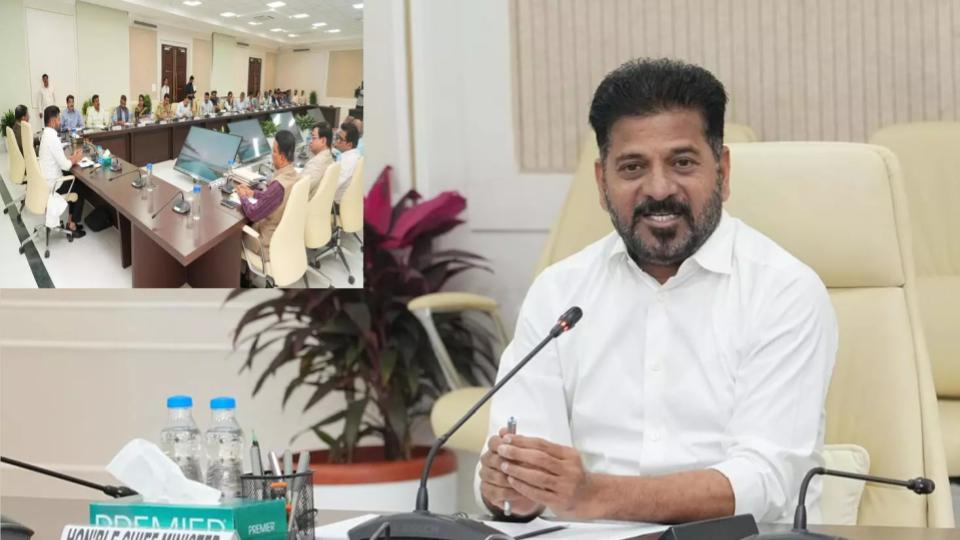
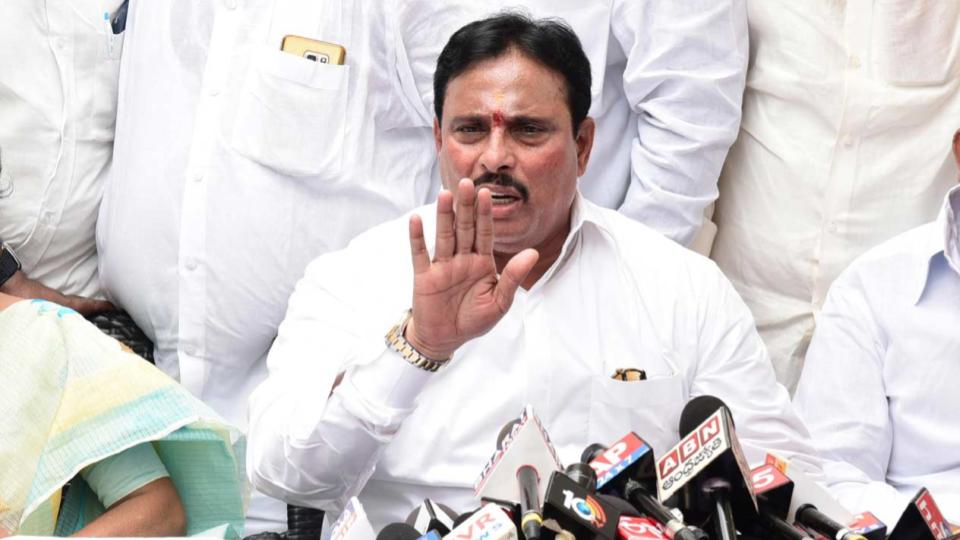
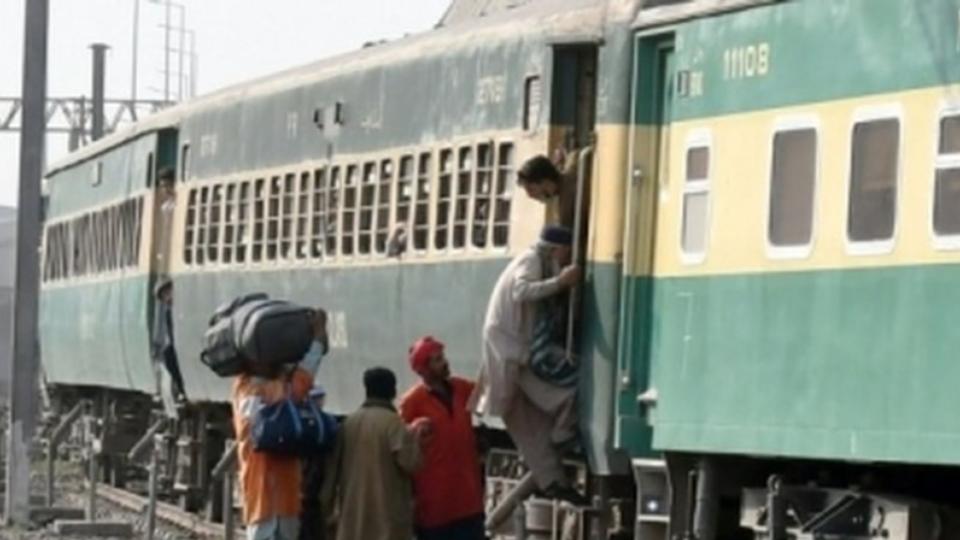












.jpg)
.jpg)
.jpg)


